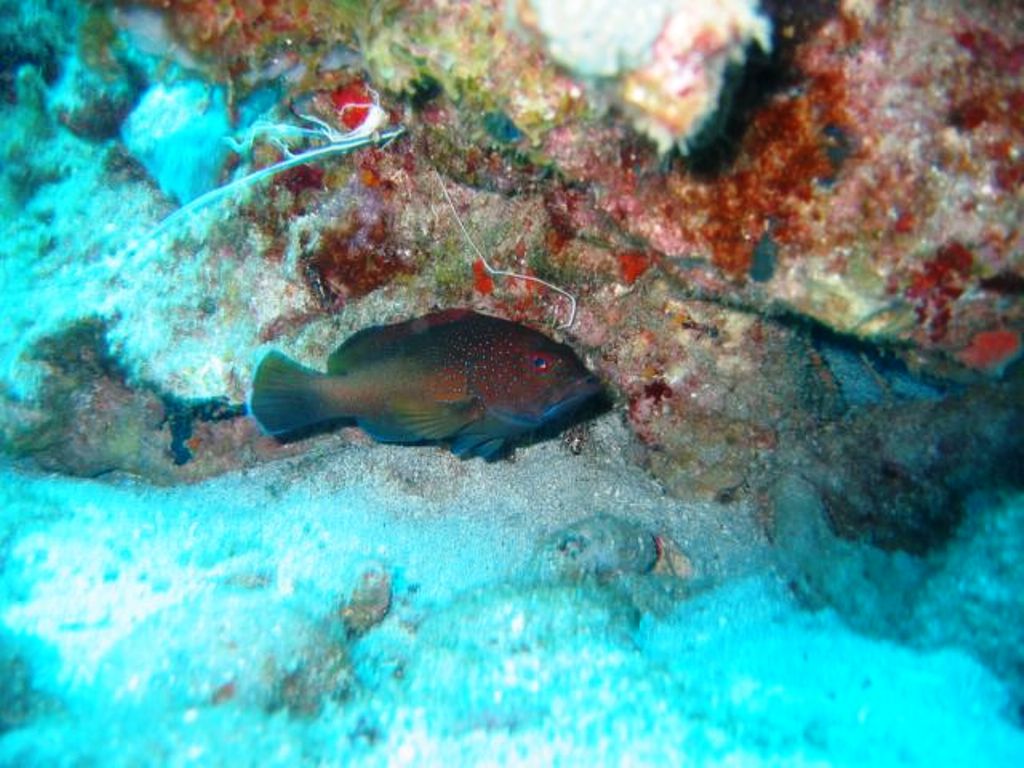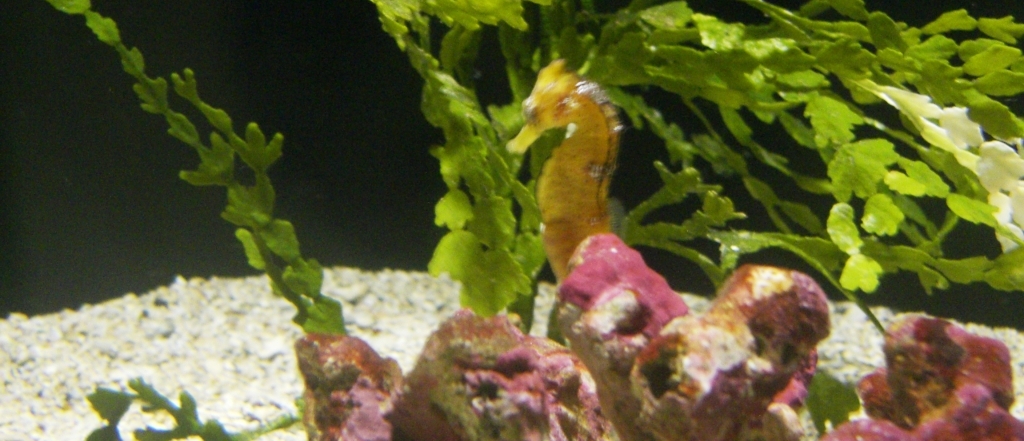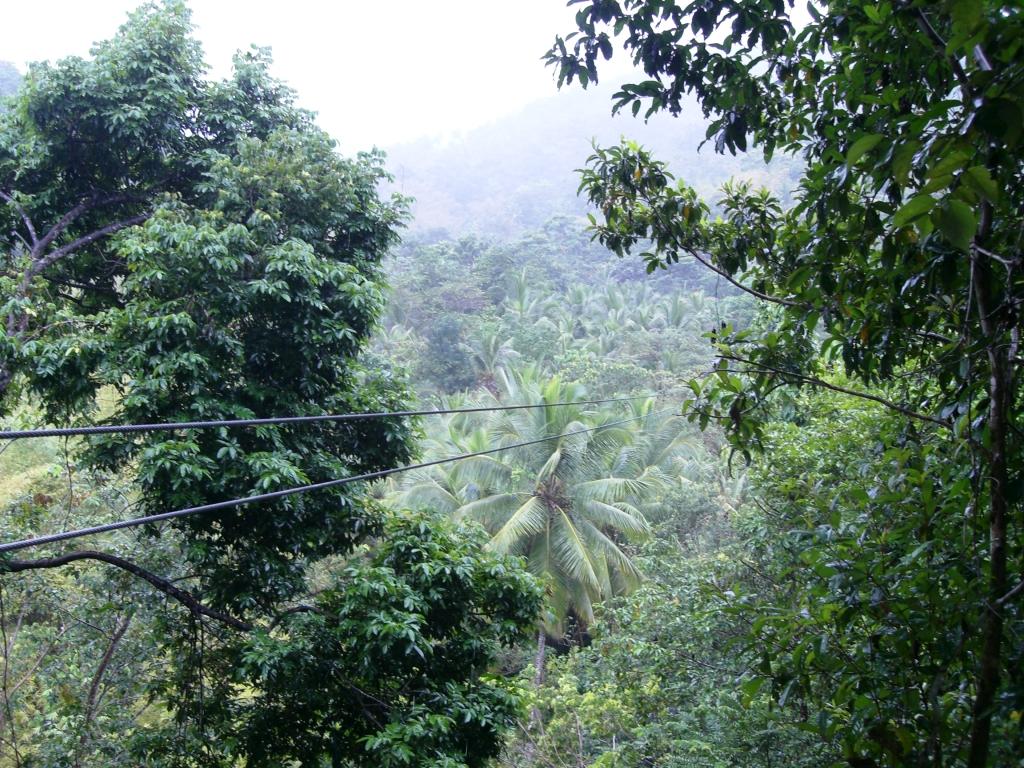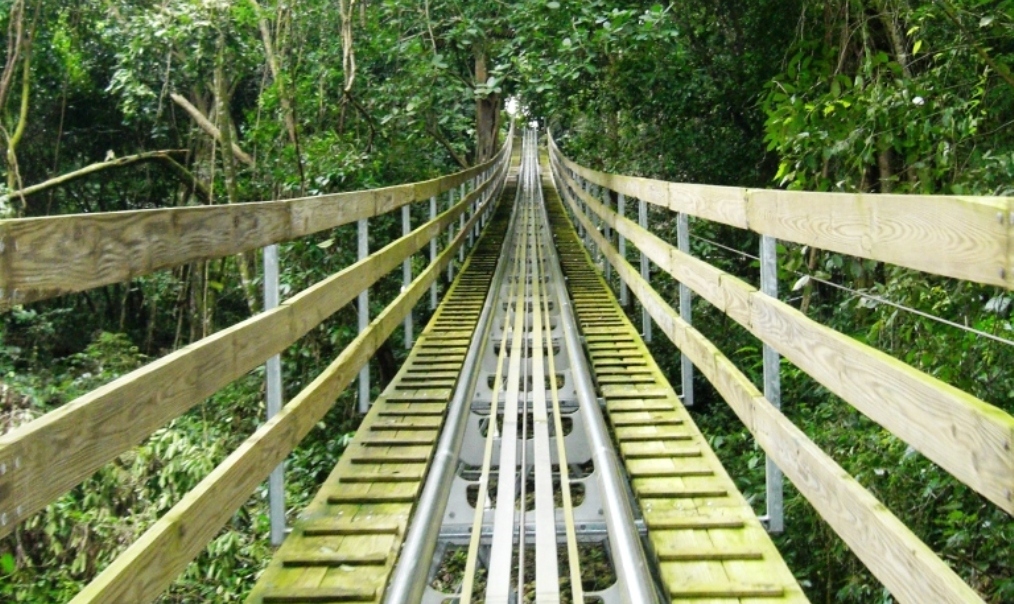I am looking at what appears to be a Christmas display of clear crystal glass oranmnts all clustered together. Except, I am underwater, and the transparent, shimmering orbs are pressed against the ceiling of what used to be the cargo hold of a ship.
They are air bubbles, thousands of them, blown by divers below; the bubbles are trapped by the ceiling of the wreck and sit there, bobbing and shining. It is, in a word, magical, like something in a Harry Potter movie, and it is only the beginning of what is special about diving St. Lucia’s Lesleen M, a wreck that sits at about 60 feet on the western side of the island near Marigot Bay.
In Your Bucket Because…
-
- A beautiful easy dive with lots to see.
- You get to go inside a wreck.
- Good for not only divers, but their non-diving families and companions because some dive boats also run concurrent snorkeling trips.

It’s one of my favorite dives, and I don’t write this lightly. I know full well that in the “best dives worldwide” category, St. Lucia has a lot of much flashier competition. I have done many of them. But whenever I’m asked about favorite dives, this is one of the dives that pops to mind. Maybe it’s because it’s an easy relaxing dive (just up my alley) or because the visibility was great on the day I was there. Or maybe it’s just because swimming through what was once a corridor and peering out through the portholes gave me a view of more colors than I’ve ever seen, maybe in my whole life.
The Lesleen M was a 165-foot freighter sunk by St. Lucia’s Department of Fisheries in 1986 to create an artificial reef. Lying upright on the sandy seafloor near Anse Cochon, it’s a great introductory wreck dive: You get the feeling of being truly inside a wreck, not just looking in from the outside.
Lesleen M Dive Details
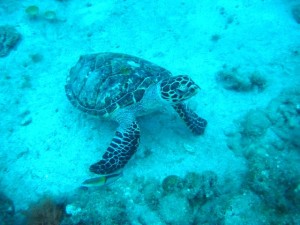
The dive starts at the bottom of the wreck, at about 70 feet and circles up to higher levels, which is where we entered the cargo hold and saw the crystal-ball bubbles floating up from the divers still below. The dive master then pointed into the wreck to a swim-through inside a stairwell, and I followed a ladder up to the corridor that runs around the boat. On the inner side of the hall are the remains of cabins, and on the seaward side are the frames and openings of what once were portholes, now encrusted with coral. The corridor is enclosed above you, meaning you don’t have direct access to the surface. It did, however, seem that you might be able to swim through some of the portholes in an emergency.
You want to have fairly good control of your buoyancy on this dive: The corridor is narrow, and when you move from one part of the ship to the other, you pass through even smaller doorways, where misjudging where your tank is can result in some awkward banging and a bit of getting stuck. You don’t want to kick up any silt, either, because that would ruin it for the people behind you.
What makes it an easy dive is that currents are usually minimal, visibility is good, and the relatively shallow depth of the wreck gives you great color and bottom times of up to 50 minutes.
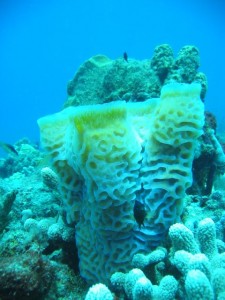
Those factors appeal to me: The easier the dive, the more I can appreciate my surroundings, and there was a lot to appreciate here. Swimming past each porthole was like swimming past paintings in a museum, each one adorned with a different combination of coral and fish, each one brilliantly colored and shining in the sun. One of the unfortunate things about over-saturation in the media is that few real-life moments live up to the peak best-of-the-best images captured so laboriously in films and TV commercials. This one did.
For me, time stopped in that corridor: The sun was coming through just so, and the coral was almost glowing, the colors were so bright. There were a lot of colorful algae as well, forming a painterly backdrop and making the whole thing look like the work of some grand underwater artist.
Practicalities
- The water is just the wrong side of cold for diving without a wetsuit: I’d recommend a 3 millimeter shorty, or at least a bodysuit to protect you from any scrapes against the wreck’s edges.
- If you’re thinking about buying an underwater camera or underwater housing, this would be a good time to take the plunge.
Underwater photos copyrighted Rob Even III. Story updated 2019.
